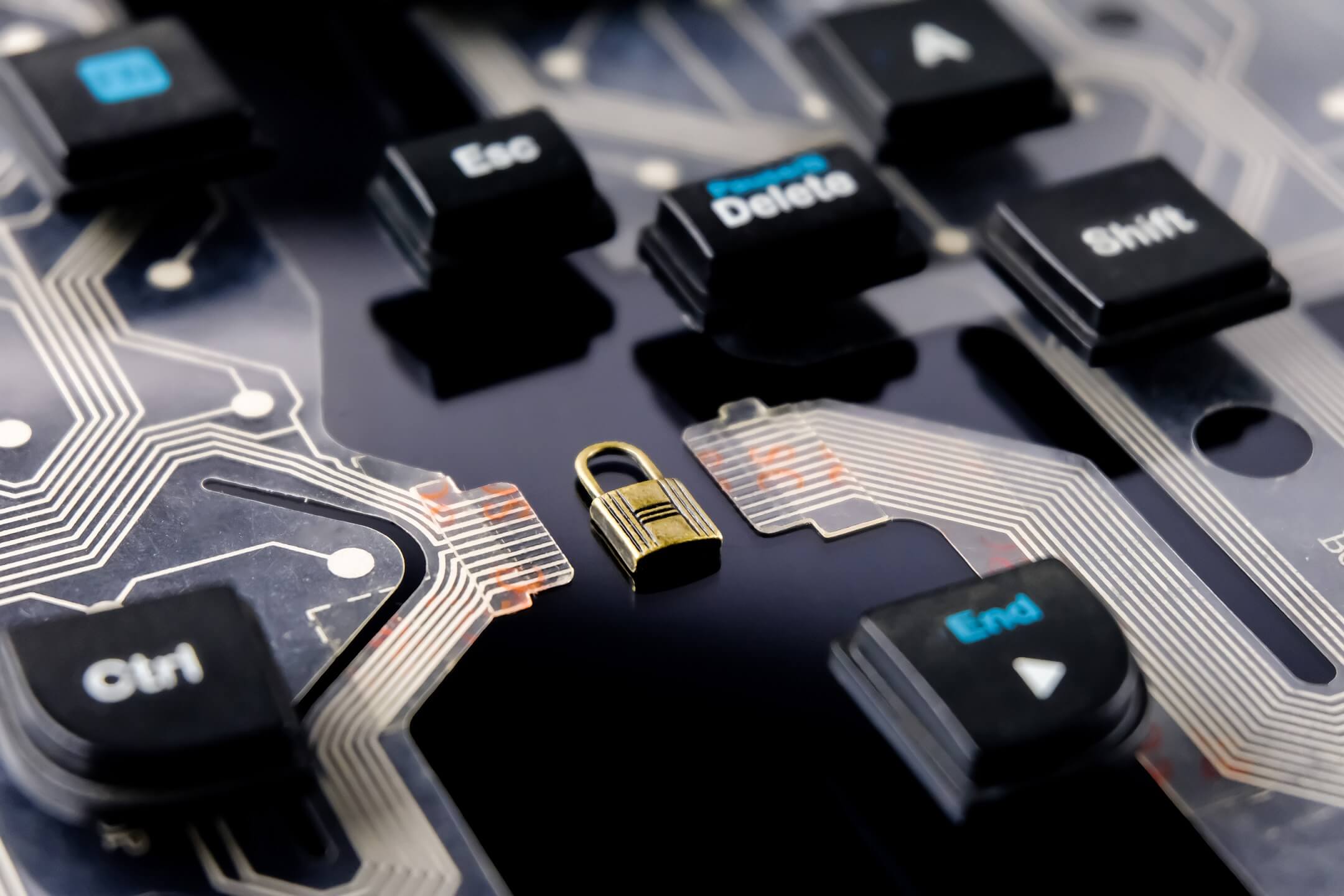In today’s rapidly evolving digital landscape, the intersection of artificial intelligence and cybersecurity has become a critical focal point for organizations worldwide. At Fortress Solutions Group, we’re observing firsthand how AI is transforming both offensive and defensive security strategies, creating both unprecedented challenges and remarkable opportunities.
A Double-Edged Sword
Artificial intelligence represents perhaps the most significant technological advancement affecting cybersecurity in recent years. Like many powerful tools, its impact is decidedly double-edged:
On one side, AI enables security professionals to detect threats with greater accuracy, respond to incidents more rapidly, and protect systems more comprehensively than ever before. On the other, malicious actors are increasingly weaponizing these same technologies to develop more sophisticated, evasive, and damaging attack methodologies.
How AI is Strengthening Security Defenses
Enhanced Threat Detection
Traditional security systems rely on known signatures and rule-based approaches that struggle to identify novel threats. AI-powered solutions can detect anomalies and potential security incidents by analyzing patterns across vast datasets, identifying subtle deviations that might indicate compromise.
Our security operations teams have implemented machine learning models that continuously improve their detection capabilities, reducing false positives while catching threats that would have previously gone unnoticed.
Automated Response Capabilities
When security incidents occur, time is of the essence. AI systems can automate initial response actions, containing threats within seconds rather than the minutes or hours required for human intervention. This rapid response capability is becoming essential as attack speeds increase and the potential damage from security breaches grows.
Predictive Security
Perhaps most impressively, AI enables a shift from reactive to predictive security postures. By analyzing historical data and current trends, AI systems can forecast potential vulnerabilities and attack vectors before they’re exploited. This proactive approach allows security teams to prioritize resources and address weaknesses before they become liabilities.
The Evolving Threat Landscape

As defensive capabilities improve, cybercriminals are responding in kind by incorporating AI into their attack methodologies:
AI-Powered Attacks
We’re witnessing increasingly sophisticated phishing campaigns utilizing natural language processing to create convincing, targeted communications that evade traditional filters. AI systems can now generate malware variants that adapt to defensive measures and exploit previously unknown vulnerabilities.
Adversarial Machine Learning
Particularly concerning is the rise of adversarial machine learning, where attackers specifically design inputs to confuse or mislead AI security systems. These techniques can potentially blind defensive AI systems to ongoing attacks or create false positives that exhaust security resources.
Automated Vulnerability Discovery
Criminal organizations are deploying AI systems to scan for and exploit vulnerabilities at unprecedented scale and speed, allowing them to compromise systems before patches can be deployed.
The Security Skills Gap Challenge
The integration of AI in cybersecurity brings its own challenges, particularly regarding the talent and skills required to implement and maintain these systems effectively:
Growing Expertise Demands
Organizations now require security professionals who understand both traditional security concepts and machine learning principles. This combination of skills is rare and highly sought after, creating a significant talent gap in the industry.
The Need for Human Oversight
Despite their capabilities, AI systems still require human oversight. False positives remain a challenge, and strategic decision-making during complex security incidents continues to demand human judgment and experience.
Looking Ahead: The Future of AI in Cybersecurity
As we look toward the future at Fortress Solutions Group, several key developments appear on the horizon:
Zero-Trust Architecture Integration
AI will increasingly serve as the backbone of zero-trust security models, making continuous authentication and authorization decisions based on behavioral analysis rather than static credentials.
Quantum-Ready Security
As quantum computing advances, AI will play a crucial role in developing and implementing quantum-resistant cryptographic algorithms and security protocols.
Regulatory Evolution
We anticipate significant regulatory developments around AI use in security contexts, with requirements for explainability, transparency, and auditability becoming standard.
Conclusion
The relationship between artificial intelligence and cybersecurity will continue to evolve rapidly in the coming years. Organizations that successfully harness AI’s capabilities while remaining vigilant to its limitations and potential weaponization will gain significant advantages in protecting their digital assets.
At Fortress Solutions Group, we remain committed to staying at the forefront of these developments, providing our clients with security solutions that leverage the best of what AI has to offer while maintaining the human expertise necessary for truly comprehensive protection.



